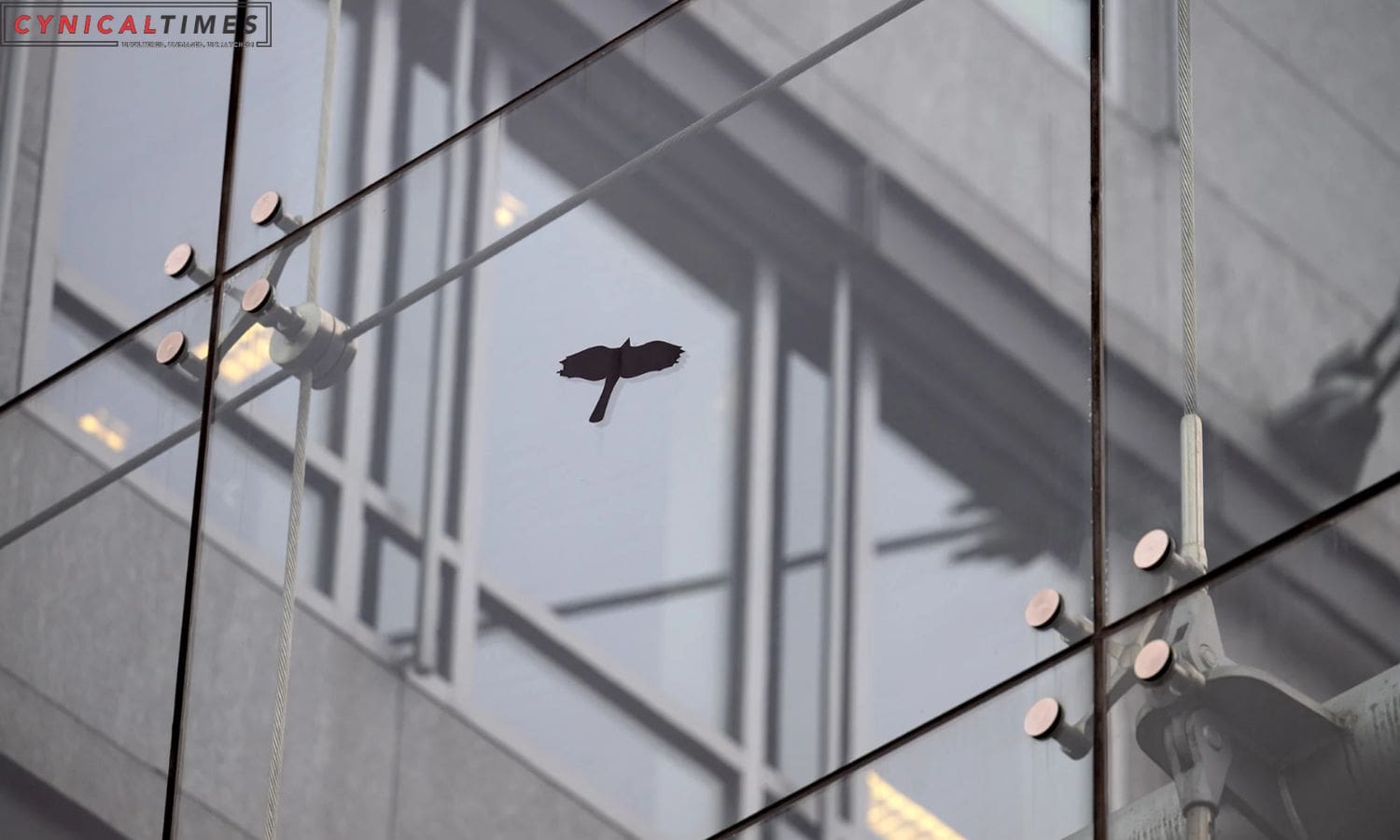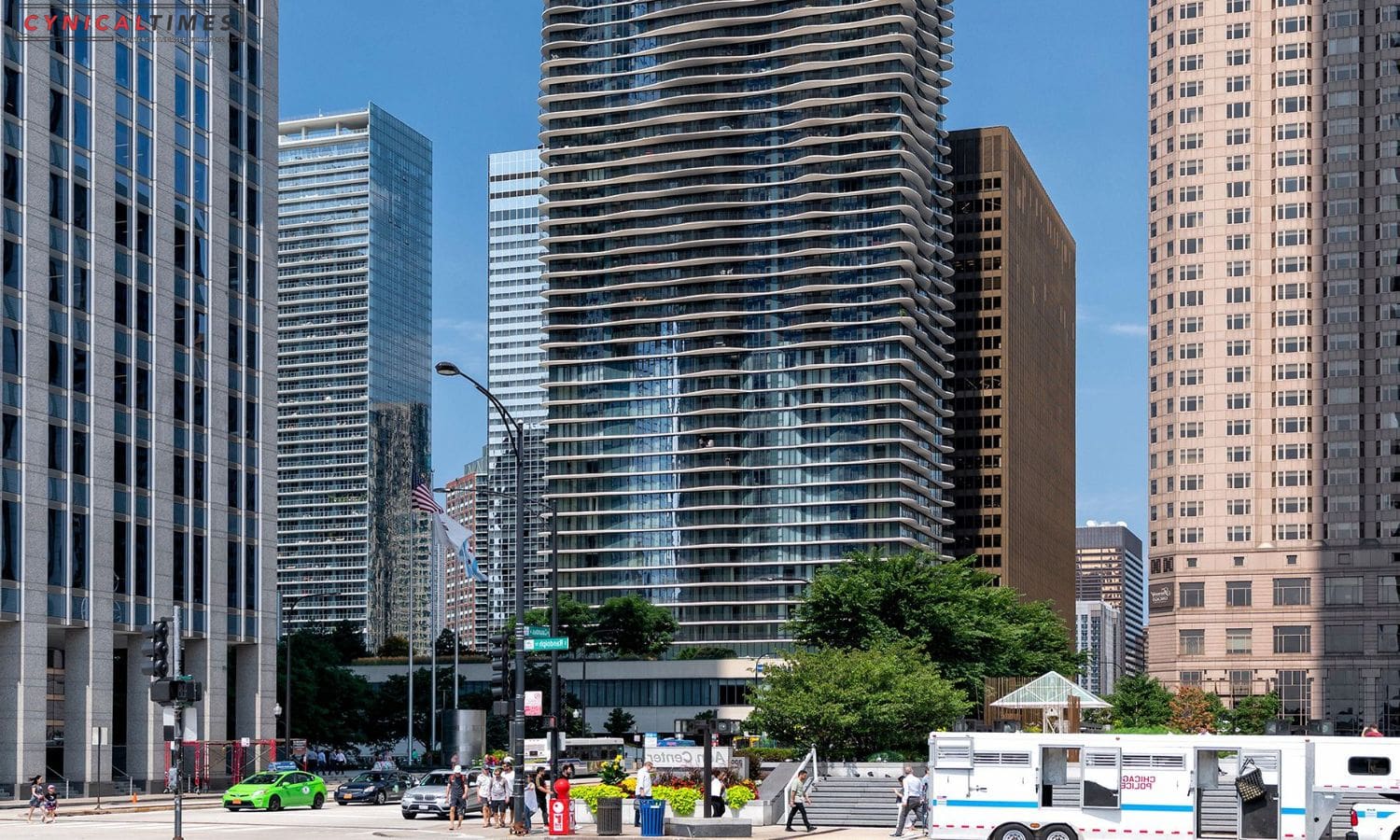Architectural Harmony Protecting Migratory Birds: Bird strikes, where birds collide with buildings, particularly those with extensive glass facades, pose a significant threat to migratory birds. The incident in early October at Chicago’s McCormick Place Lakeside Center, resulting in over 1,000 bird fatalities in a single day, underscores the severity of the problem. These collisions often occur at night when the illuminated interiors of buildings confuse birds, especially during migration.
Architects like Jeanne Gang, with her Aqua Tower in Chicago, have embraced innovative solutions to make buildings more bird-friendly. The tower’s wave-like facade and fritted glass aim to minimize bird collisions by providing a visual deterrent and reducing confusion, especially during the nighttime. This highlights the potential for architectural features designed for human benefit to also positively impact other organisms, emphasizing the interconnectedness of urban environments.
Architect Joyce Hwang’s project, “No Crash Zone,” demonstrates the integration of aesthetic ornamentation on building exteriors to deter bird collisions. By adding patterns or graphic ornamentation to glass surfaces, architects can enhance the visual appeal for humans while simultaneously serving as a marker for birds, preventing collisions.
More practical solutions include bird-friendly film, which consists of dots applied to glass surfaces, helping birds perceive windows as physical barriers rather than transparent openings. This has been successfully implemented in various buildings, such as Columbia University in New York, offering a simple yet effective way to reduce bird collisions.


Also Read: Green Dreams Hotel Marcel Eco-Revolution in a Concrete Jungle
The challenge of artificial light exacerbates the problem, as demonstrated by events like the Tribute in Light installation in New York City. The intense beams of light disorient migratory birds, leading to exhaustion and potential harm. Research from Chicago indicates that reducing nighttime illumination by turning off half the lights in larger buildings can significantly decrease bird collisions. Some places, including New York, are considering legal measures to prohibit nighttime illumination of unoccupied buildings during bird migration seasons.
While addressing architectural design and artificial light can mitigate bird collisions, it also requires a shift in human attitudes toward nighttime illumination in cities. Embracing darker skies not only benefits migratory birds but also allows residents to reconnect with the natural cycles of light and darkness. This harmonious coexistence between urban environments and wildlife fosters a greater appreciation for the beauty of nature in the midst of city life.
Our Reader’s Queries
How can we reduce bird collisions with buildings?
To prevent bird-glass collisions, it’s best to apply exterior treatments on see-through and reflective windows. But don’t discount the effectiveness of interior treatments. If you can see the markings from the outside of the window, birds can likely see them too. So, it’s worth considering applying treatments on the inside as well.
How do you make a building safer for birds?
Fritted glass is a popular and easy method to make buildings bird-friendly. By printing a ceramic frit or dot pattern on the glass, it reduces glare and lowers cooling costs while also increasing visibility for birds. This simple solution is widely used to make buildings safer for our feathered friends.
Why do birds collide with buildings?
Birds often collide with glass when they catch sight of natural reflections like clouds, sky, or trees. They may also be drawn to plants visible through windows or interior lights. Unfortunately, many birds that appear unharmed after such collisions can later succumb to internal injuries. It’s important to take steps to prevent these accidents and protect our feathered friends.
What is bird friendly glass?
Bird-safe glass is designed to prevent birds from colliding with windows. This is achieved by adding patterns or visual markers to the glass surface, which help to reduce or distort reflections that birds may mistake for open space. These patterns can be created using a variety of design elements, and are applied across the entire surface of the glass. By making windows more visible to birds, bird-safe glass helps to protect these beautiful creatures from harm.

